Self-Blue Cochins are next to impossible to find especially of any quality here in the U.S., and it is a color that myself and a couple fellow breeders have been admiring from afar (across the pond) for a couple years. As luck would have it, we stumbled acrossed a pair of "Gray" Cochin bantams last spring at a local swap meet. We immediately identified them as Self-Blue but they were pretty far removed from being a Cochin. More like single combed Wyandottes with feathered legs. However, this was a chance to at least get the Self-Blue genes needed to work on a line of Self-Blue Cochins. So after a bit of bartering, home we came with these birds. The following photos show that they were a bit of a stretch to be called a Cochin.


As you can see the color was pretty good. So I bred the male to a couple different Black Cochin hens, and used 3 different Black males with the SB female (separated by time so that I knew I had 3 different matings). The following is a couple photos of the f1 SB Split to Black offspring.


Type is much improved and these are probably the best two out of the ones I raised. I considered myself quite lucky to have gotten a male that good in the f1 generation. The majority of the birds had black legs and white bottomed feet, however as in the case of the two birds in the photos I did get some with yellow pigment. I chose the two best f1 males and the 4 best f1 females and bred them back to each other this spring. Statistically you should get 25% Self-Blue from this match up, but I did little bit better than that. I hatched 23 birds and 11 were Self-Blue. One died and I am growing out the 10 remaining f2's. They are a bit dark in the hackle, and the feather quality is still in question, but progress is being made. The best of these will be bred back to Blacks and perhaps in the f4 generation they will be much improved in type. The f3 chicks will all be black once again, and those will be bred back to one another resulting in Self-Blues again in the f4 offspring. Or at least that's the plan.
Some pics of the f2 birds. They are around 4 months old. I have some with yellow pigmented feet and some with blue. Goal being to have yellow feet, but focusing on type at this point. You'll also note that the earlobe color is way off. This comes from the original pair, and will be bred out over time.






Examples of differences in foot color.


The original pair have been together since I stopped using them for breeding, and the hen lays like a Leghorn, so I let her keep her eggs. She didn't have much of an interest in setting so after her laying a bunch of eggs and them getting kicked around and then me throwing them away repeatedly, she finally gave in and started setting on 5 eggs, hatching 3. I won't use them for anything, but I like the color, plus I was curious to see if these would result in anything better than the parents. I thought I'd post a pic of her with the chicks. The third chick is underneath her. You can see that she carries good even color.

With luck and some patience we might see something closer to the standard in the f4 birds. Time will tell but I thought there might be some interest in seeing the progress so far.
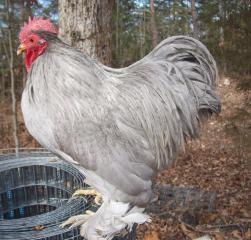
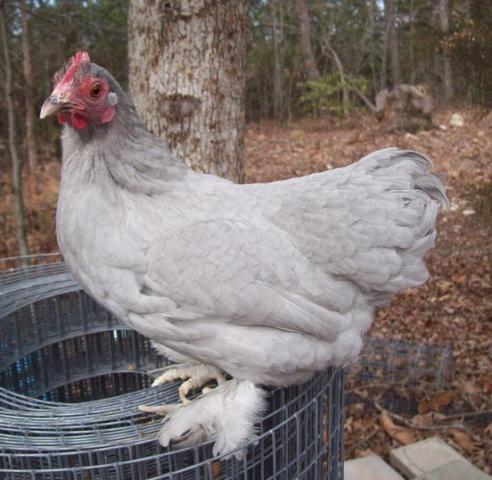
As you can see the color was pretty good. So I bred the male to a couple different Black Cochin hens, and used 3 different Black males with the SB female (separated by time so that I knew I had 3 different matings). The following is a couple photos of the f1 SB Split to Black offspring.
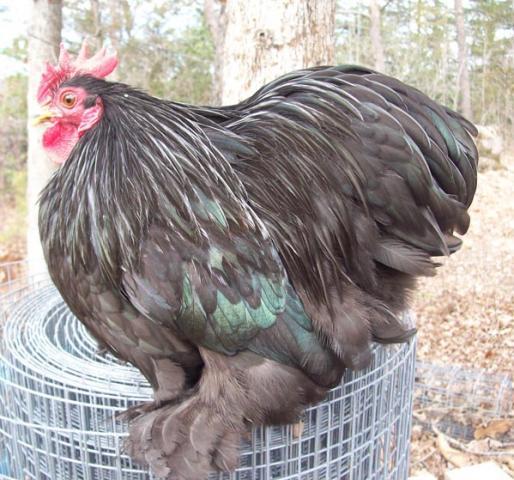
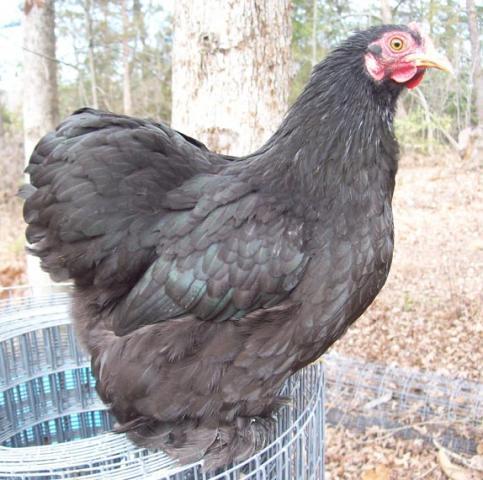
Type is much improved and these are probably the best two out of the ones I raised. I considered myself quite lucky to have gotten a male that good in the f1 generation. The majority of the birds had black legs and white bottomed feet, however as in the case of the two birds in the photos I did get some with yellow pigment. I chose the two best f1 males and the 4 best f1 females and bred them back to each other this spring. Statistically you should get 25% Self-Blue from this match up, but I did little bit better than that. I hatched 23 birds and 11 were Self-Blue. One died and I am growing out the 10 remaining f2's. They are a bit dark in the hackle, and the feather quality is still in question, but progress is being made. The best of these will be bred back to Blacks and perhaps in the f4 generation they will be much improved in type. The f3 chicks will all be black once again, and those will be bred back to one another resulting in Self-Blues again in the f4 offspring. Or at least that's the plan.
Some pics of the f2 birds. They are around 4 months old. I have some with yellow pigmented feet and some with blue. Goal being to have yellow feet, but focusing on type at this point. You'll also note that the earlobe color is way off. This comes from the original pair, and will be bred out over time.
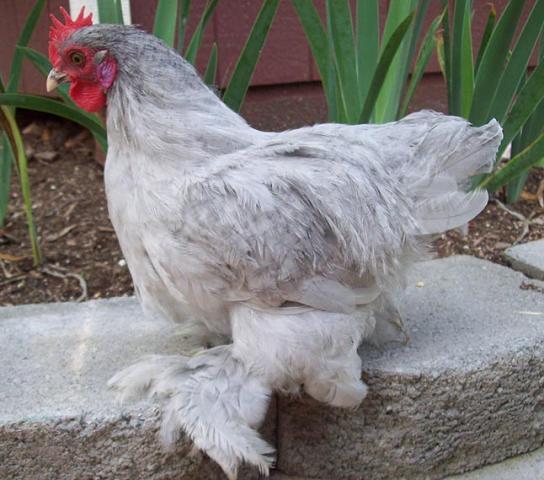
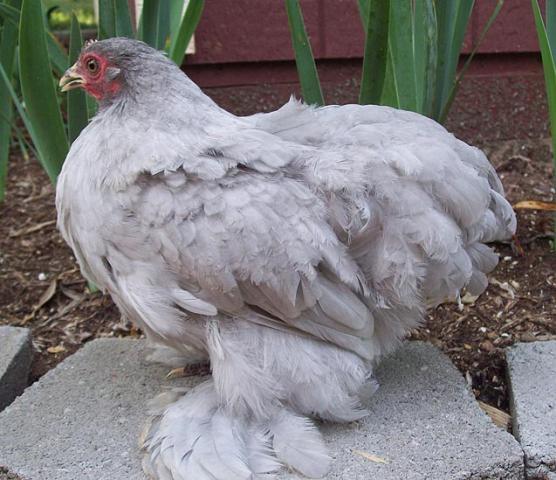
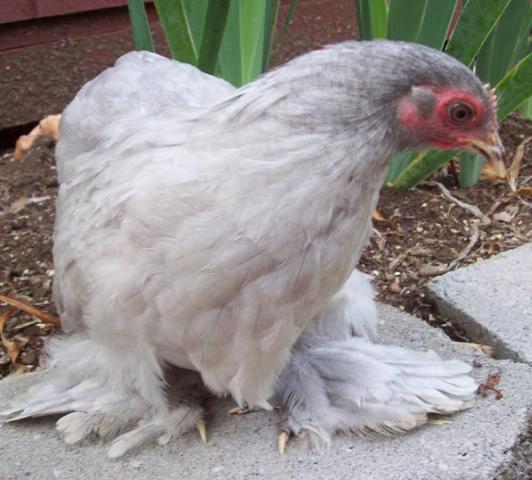
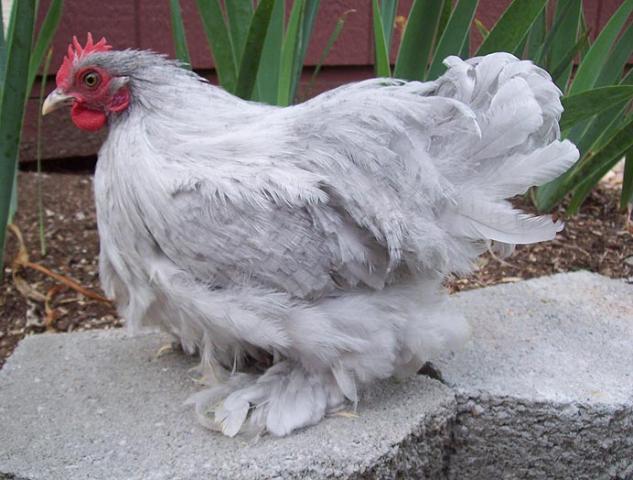
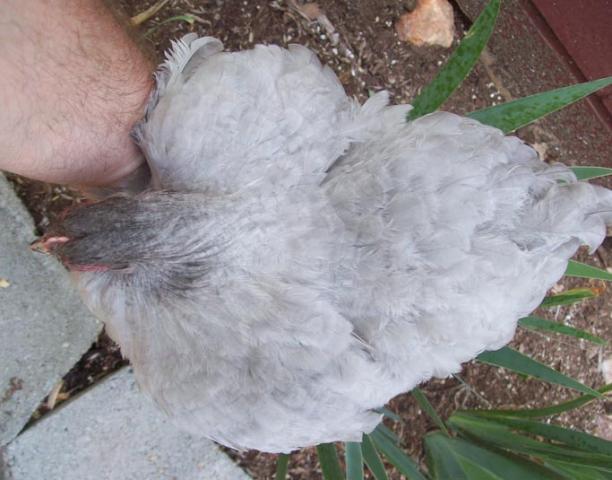
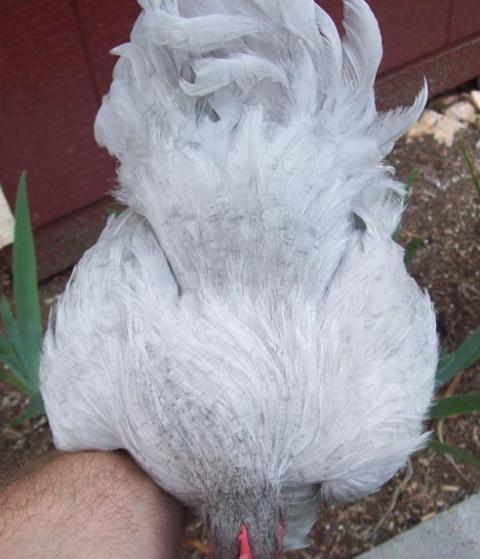
Examples of differences in foot color.
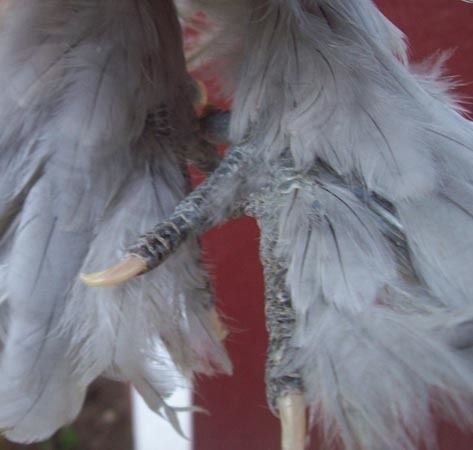
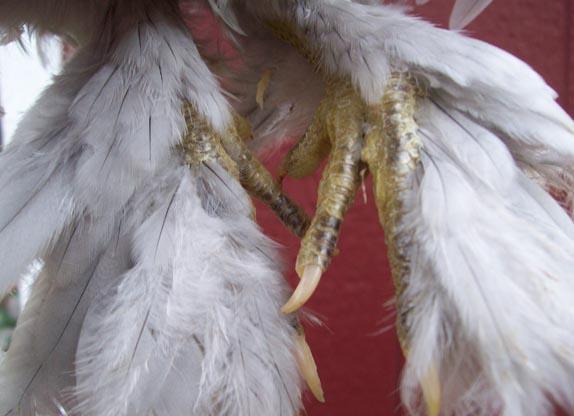
The original pair have been together since I stopped using them for breeding, and the hen lays like a Leghorn, so I let her keep her eggs. She didn't have much of an interest in setting so after her laying a bunch of eggs and them getting kicked around and then me throwing them away repeatedly, she finally gave in and started setting on 5 eggs, hatching 3. I won't use them for anything, but I like the color, plus I was curious to see if these would result in anything better than the parents. I thought I'd post a pic of her with the chicks. The third chick is underneath her. You can see that she carries good even color.
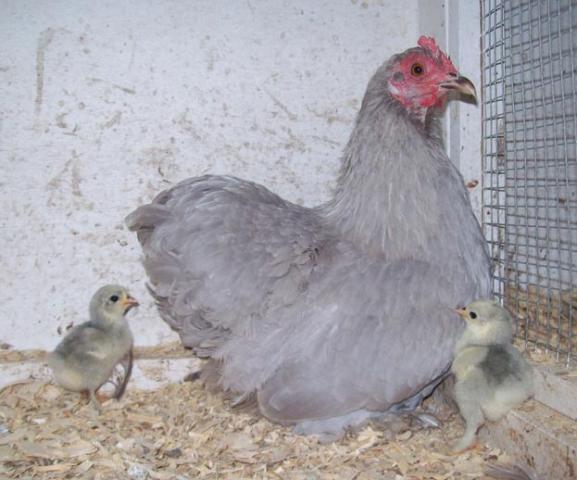
With luck and some patience we might see something closer to the standard in the f4 birds. Time will tell but I thought there might be some interest in seeing the progress so far.
Last edited:



